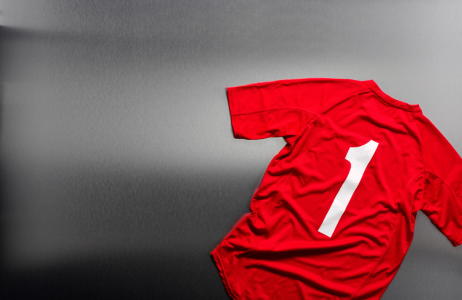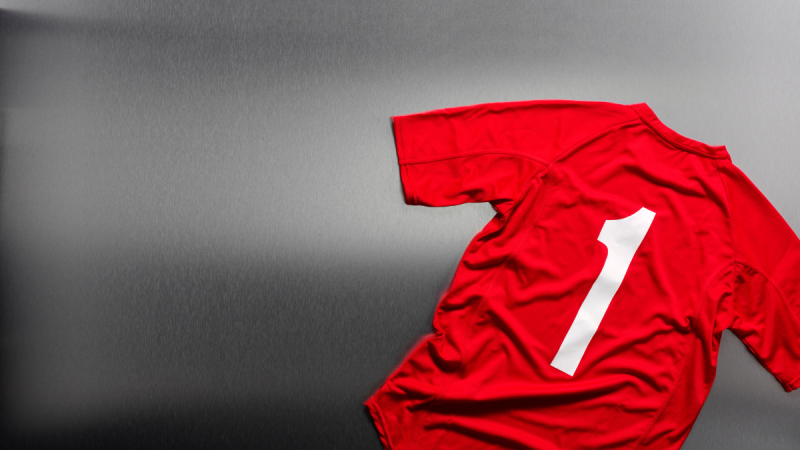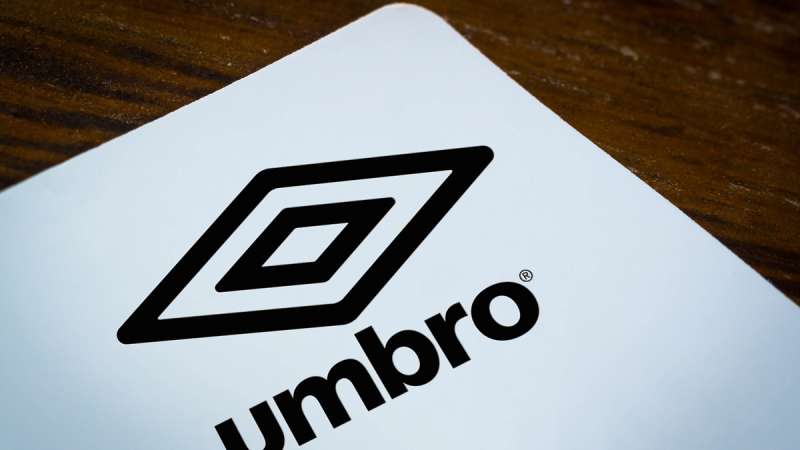The opposition to the trade mark application was brought under sections 5(2)(b) and 5(3) of the Trade Marks Act 1994 ("the Act"), relying upon the SCORE DRAW mark.
Section 5(2)(b) tells us that a trademark shall not be registered if it is similar to an earlier trademark and is to be registered for goods or services identical with or similar to those for which the earlier trade mark is protected, there exists a likelihood of confusion on the part of the public, which includes the likelihood of association with the earlier trade mark.
In this regard, the opponent relied upon "clothing", sitting within his mark's class 25 list of goods, and claimed that the marks were extremely similar such that a consumer with imperfect recollection would find it difficult to differentiate between them.
Therefore, the opponent argued that the consumer would inevitably be confused between the marks if they were to be used for similar or identical goods.
Section 5(3) of the Act sets out that a trade mark which is identical with or similar to an earlier trade mark shall not be registered if, or to the extent that, the earlier trade mark has a reputation in the UK and the use of the later mark without due cause would take unfair advantage of, or be detrimental to, the distinctive character or the repute of the earlier trade mark.
In relation to this ground, the opponent claimed to enjoy a reputation in "football shirts", which the IPO noted was "not an express term within his mark's specification" but nonetheless "is a suitable sub-category of the term for which it does stand registered".
The opponent's argument was that his mark boasts a very significant reputation in the UK for manufacturing and supplying football shirts.
As a result of this and the applicant's mark being confusingly similar to his own, the opponent claimed that the relevant public would deem the marks to be the same brand or related brands.
Therefore, the opponent claimed that the use of the applicant's mark would take unfair advantage of the reputation of SCORE DRAW.












